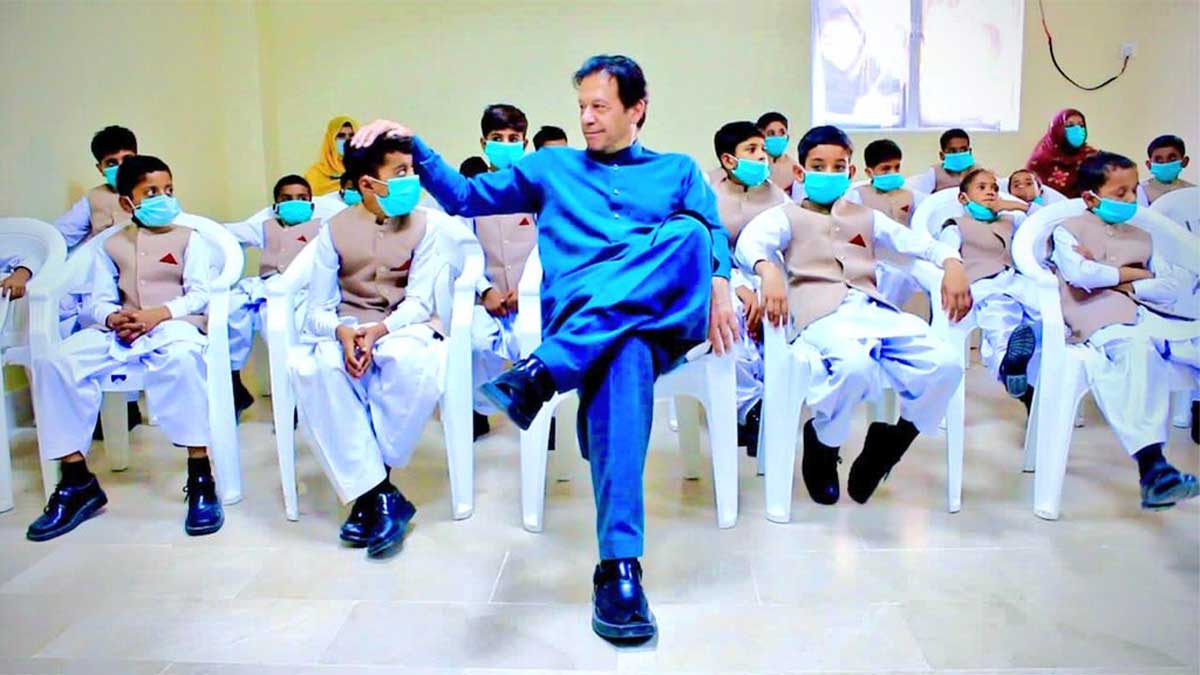The Ehsaas Waseela-e-Taleem Programme in going to enroll an additional 1.75 million students during the current financial year.
Waseela-e-Taleem has planned to add 1.75 million more students. The programme will include one million primary class, 500,000 secondary class and 225,000 higher secondary students. The students of secondary and higher secondary classes will start receiving scholarships upon completion of the first quarter of the current financial year.
Moreover, the social security and poverty alleviation ministry has extended the scope of the programme from primary education to secondary and higher secondary education.
During the current financial year, 500,000 secondary class and 225,000 higher secondary students will be included in the programme. One million primary class students will also be included in the programme during the current financial year. Under the programme, primary class boys are being given Rs 1,500 per quarter while girls are receiving Rs 2,000.
However, now, secondary school boys will be given Rs 2,500 per quarter while girls will receive Rs 3,000. Higher secondary class boys will receive Rs 3,500 per quarter while girls will be given Rs 4,000. In addition, Rs 3,000 will be given to girls on passing class V.
Under the project of Waseela-e-Taleem, the government provides cash grants to children from the poorest families on the attainment of 70% attendance in school.
Read more: Ehsaas Scholarship Programme to alleviate poverty: Sania Nishtar
Moreover, the major aim behind the digitization of the project is to enhance primary school enrolments and minimizing dropouts.
Around 700,000 students would get the benefit. In this regard, the government has planned to allocate Rs 5 billion worth of funds for the project in the next fiscal year.
The reforms in the programme include end-to-end digitization of a number of processes, which were previously managed manually.
Additionally, staff use apps that have been developed to register children and monitor compliance. Cost-effective changes in the institutional infrastructure were developed in order to grow the programme nationwide.





















